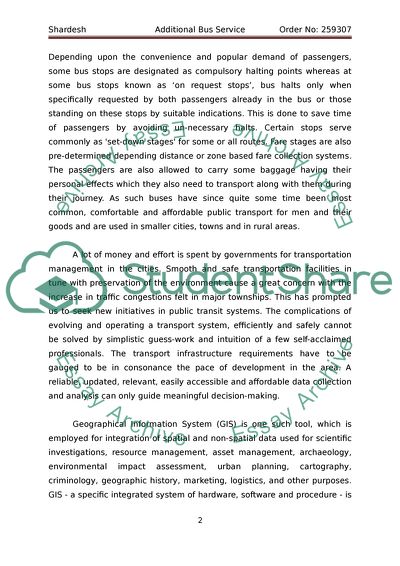Cite this document
(A Survey for an Additional Bus Service on Colinton Road Research Proposal, n.d.)
A Survey for an Additional Bus Service on Colinton Road Research Proposal. https://studentshare.org/technology/1718792-mapping-gis
A Survey for an Additional Bus Service on Colinton Road Research Proposal. https://studentshare.org/technology/1718792-mapping-gis
(A Survey for an Additional Bus Service on Colinton Road Research Proposal)
A Survey for an Additional Bus Service on Colinton Road Research Proposal. https://studentshare.org/technology/1718792-mapping-gis.
A Survey for an Additional Bus Service on Colinton Road Research Proposal. https://studentshare.org/technology/1718792-mapping-gis.
“A Survey for an Additional Bus Service on Colinton Road Research Proposal”. https://studentshare.org/technology/1718792-mapping-gis.


